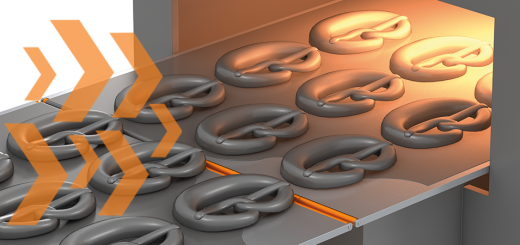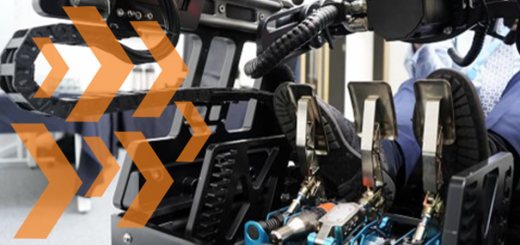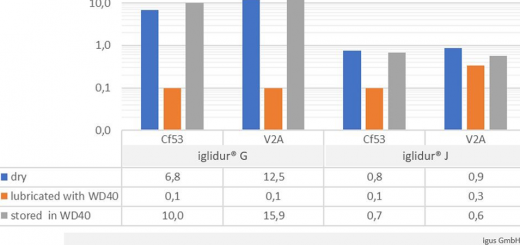How Do We Actually Test Our chainflex® Cables?
By Andreas Muckes
We are always mentioning the rigorous testing that we perform on our chainflex® cables, and now our testing process and guarantee is even verified by UL-Laboratories. However, there is one question you may still have—“How do we actually test our cables?”
Development of own or customer-specific tests
Our constant goal is to continue to provide cables that meet the growing demands of our customer’s applications, which is why we have not only built our own tests, but also built tests based upon customer feedback and requests. Designers and engineers are always innovating and improving applications and products, so it’s imperative that we continue to conduct tests based upon actual customer-applications.
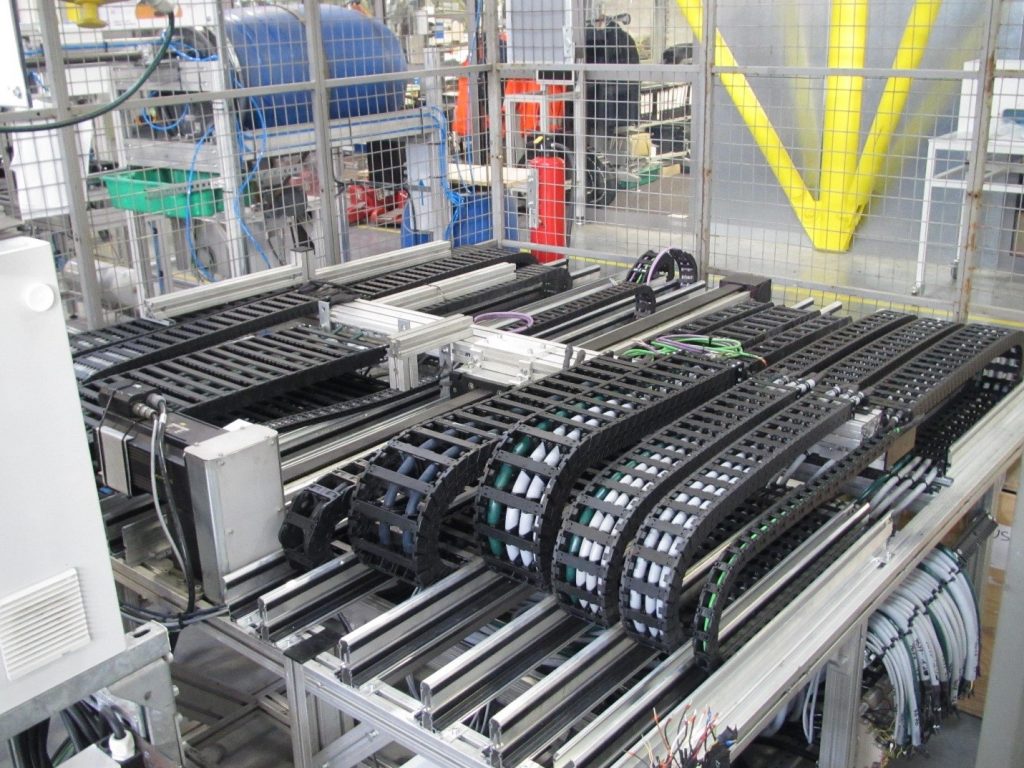
All of this testing enables us to provide customers with accurate data regarding the service life of a cable within a particular application, which can reduce the risk of unscheduled machine downtimes for a customer. A cable that has been rigorously tested via a UL-verified test process not only provides the customer with confidence, but also demonstrates quality and durability. Through our laboratory testing, we can also firmly prove the confidence in our guarantee while providing our customers with valuable facts and figures. This is our goal when we are putting together any testing method.
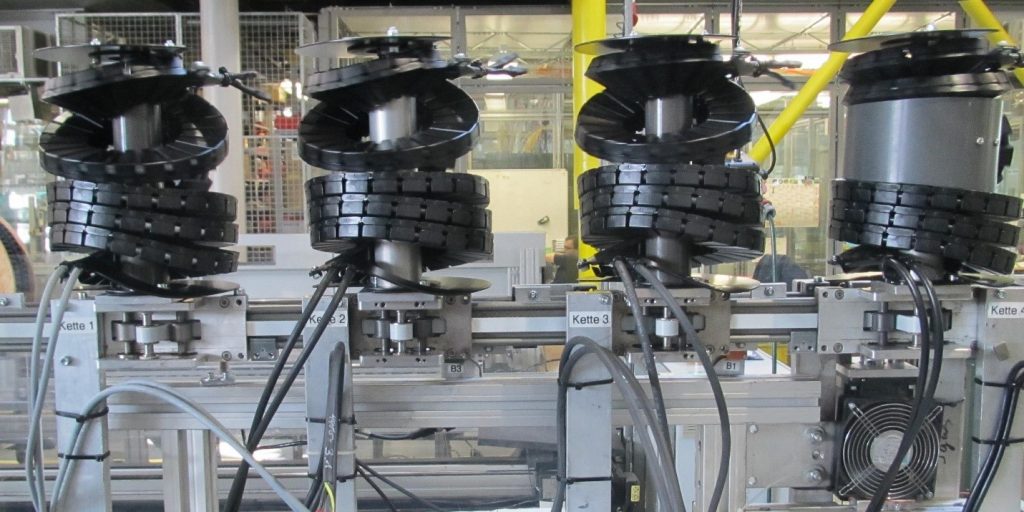
Example: We test cables while they are in constant motion, but usually in typical cable carriers. However, for all of our triflex® robot cable carriers, we use the torsional motion test bench to meet the requirements of multi-axis robots.
Monitoring of tests and regular measurements
Before any attempt, we define a precise goal and design how it will achieve this goal. Then, our tests are continuously and automatically monitored, so that all measured values are documented and all results are recorded to give us clear results. We achieve this high level of automation through the development of Auto Mess.
Additionally, all resistance values are regularly measured with a highly precise Wheatstone bridge regardless of how small a fluctuation may be. However, this is really only necessary for tests where Auto Mess would not make sense, such as those with a short lifespan goal.For bus cables, special measuring devices must be used to determine the behavior of data transmission since a resistance value alone is not meaningful enough here.
At igus®, we are constantly conducting hundreds of tests on our cable at any given time. Almost all tests are measured automatically using the Auto Mess system, which was developed as an automated measuring system for these requirements. It provides us with millions of data points that our customers can feed into the life calculator to more accurately predict cable lifetime. This also allows our customers to have direct first-hand access to the data.
Dissecting Cables
All the cables we test are subsequently dissected and examined down to the smallest possible detail so we can find out which assembly was subjected to how much stress.
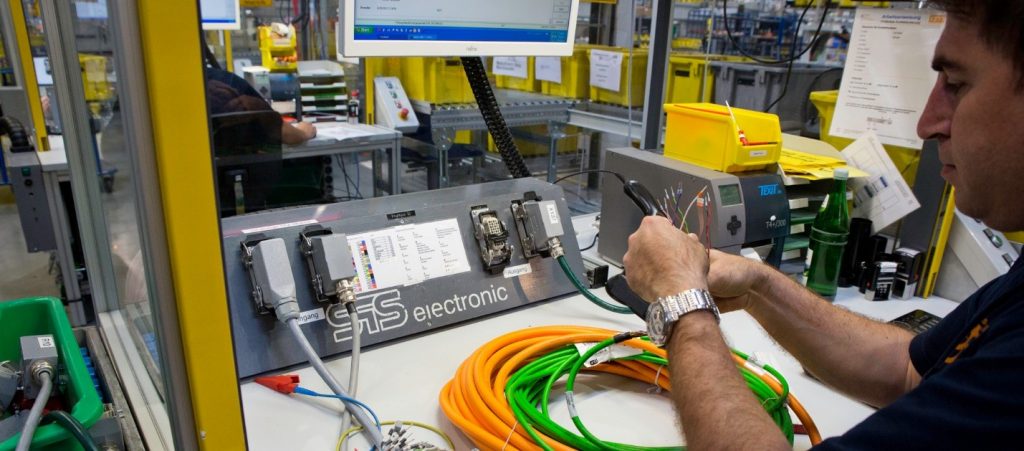
Once the cable test is fully complete, we can document the condition of the cable within a particular application. As a result, we not only receive measured values on paper, but also visual comparisons that show the detected changes within the cables.
Testing is the basis for all of our claims
All of this testing is constantly running in the background of our day-to-day operations, and provides our sales and product mangers with accurate data to deliver to our customers.
Perform some tests for yourself with our chainflex® Service Life Calculator, or contact our sales team, with questions regarding cables for your application.

